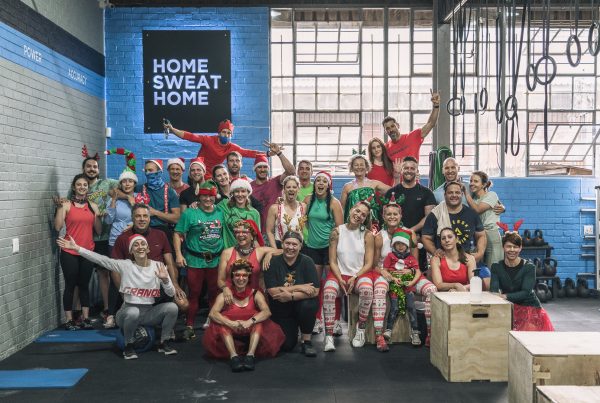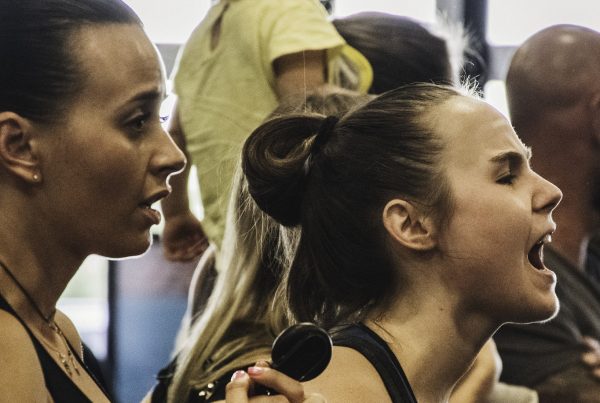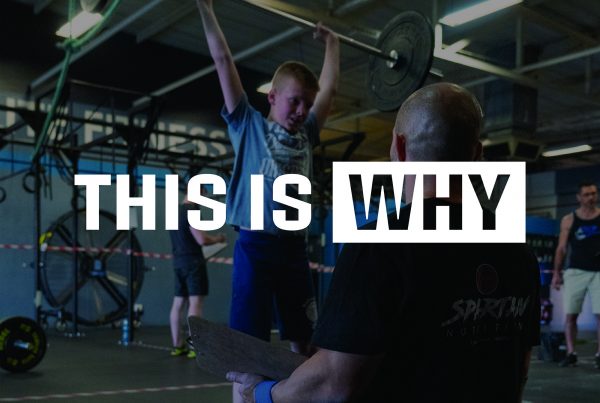Greg Glassman, the founder of CrossFit, was once quoted as saying that there is a ten year window of improvement in CrossFit regardless of age. That means you’ll keep experiencing improvements in your fitness for ten years if you keep doing CrossFit safely and effectively. He said that in the early 2000s, probably ten years after he began tracking changes in fitness through CrossFit. We’re a good ten years down the line now and based on what has been observed in those who have been doing CrossFit for longer, it looks like it doesn’t stop after ten years.
While we don’t have as much data to look back on yet, we have several members coming up on their five and six year anniversaries with us. They keep progressing across broad time and modal domains. Sure, the size of the improvements diminishes with time, but despite age and the learning effect, these and many people all over the world keep getting fitter! Aside from the gains in fitness, these more experienced athletes have the benefit of hindsight and perspective. They learn to appreciate and celebrate the little wins.
You see, the results that keep coming in heaps for the first three to five years of doing CrossFit can create unrealistic expectations, and it can make you greedy. You keep expecting and wanting the same results and you only use benchmark scores as a guide. While it’s imperative to record your numbers, especially when we run fitness testing, the numbers themselve don’t actually matter that much. What matters is that you do record your numbers so that you are able to measure changes in your fitness. What matters further is how you got to those numbers – therein lie the little wins.
One of the longer standing members recently reminded me to talk about how to look for the little wins. Little wins can be turning up to class three times a week for three months; completing all the runs in a workout without stopping or walking; completing all prescribed reps unbroken for the first time; not letting your technique deteriorate half way through a workout; doing all the box jumps instead of stepping, even if it was a tiny box; attempting the gymnastics skill work despite the potential of failing and looking clumsy, putting 1kg more on the bar or coming in 1 second quicker.
All of these are signs of progress, but they’re often overlooked when you get caught up in the numbers. Always remember, a daily improvement of 1% turns around to 100% improvement in 100 days. That’s huge!
You have to learn how to look for the little wins, though. And that’s where recording your numbers and workout reflections comes in handy. Record how you performed in the workout, how you felt during it, and how you approached it. When you retest, look back at those reflections too. You may not have improved according to the numbers, but I’ve no doubt that even if the numbers show no change, there’ll be other indications of progress. (Unless of course you haven’t been taking care of yourself outside of the gym)
Don’t just take note of the little wins, though. Celebrate them just as you would a bigger win. Ring the PB bell, put it up on the board, and let everyone know! Celebrate and appreciate the little wins.



